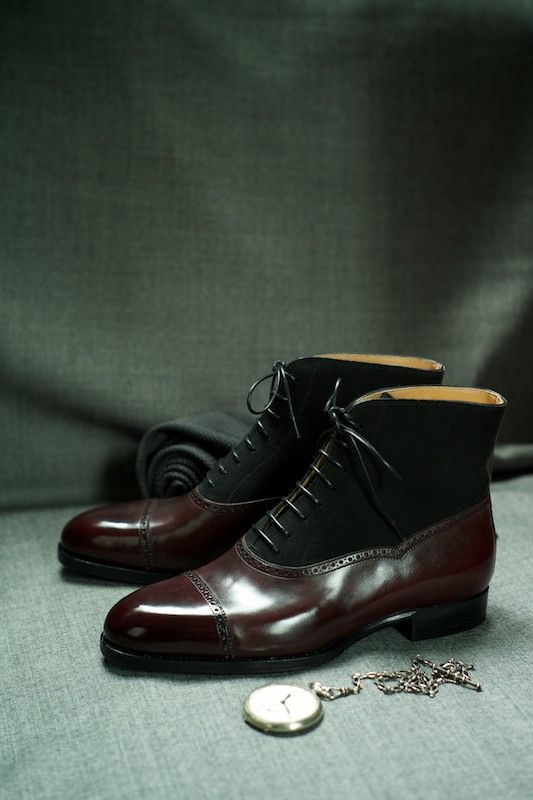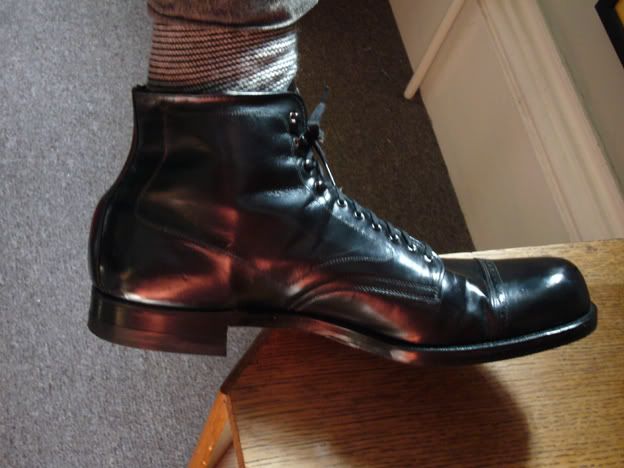Isshinryu101
One Too Many
- Messages
- 1,328
- Location
- New Jersey
HA! Conspiracy Theorists. See: Scientific Theory et al.
Last edited:

I don't think there is anything conspiritorial in forwarding the notion that bespoke items are more difficult to date than factory made items.
As Mr Lyles notes, if the same man orders the same style from the same maker over a long period it increases the difficulty of dating an item. It doesn't make it it impossible, just more difficult.
(I own a that is cut like a 1960s suit, feels like a 1970s suit and yet can be accurately dated to 1990. It had no labels but the date was worked out when I found the original tailors measurements form in the pocket. The clients phone number was written on the form but had been crossed out to include a new dialling code. That code was introduced in 1990. Without that I doubt that anyone would have guessed that date within ten years).
(I own a that is cut like a 1960s suit, feels like a 1970s suit and yet can be accurately dated to 1990. It had no labels but the date was worked out when I found the original tailors measurements form in the pocket. The clients phone number was written on the form but had been crossed out to include a new dialling code. That code was introduced in 1990. Without that I doubt that anyone would have guessed that date within ten years).


even the high end makers (such as St. Crispins, bottom photo) fail to bother with the inward curve of the ankle that vintage boots have (top),
making the ankle look thick:



but i'm the sort of man who doesn't mind (indeed, likes) the feel of heavy tweed against his legs, when i hear a lot of modern men can't stand it.
 John Lofgren Monkey Boots Shinki Horsebuttt - $1,136 The classic monkey boot silhouette in an incredibly rich Shinki russet horse leather.
John Lofgren Monkey Boots Shinki Horsebuttt - $1,136 The classic monkey boot silhouette in an incredibly rich Shinki russet horse leather.  Grant Stone Diesel Boot Dark Olive Chromexcel - $395 Goodyear welted, Horween Chromexcel, classic good looks.
Grant Stone Diesel Boot Dark Olive Chromexcel - $395 Goodyear welted, Horween Chromexcel, classic good looks.  Schott 568 Vandals Jacket - $1,250 The classic Perfecto motorcycle jacket, in a very special limited-edition Schott double rider style.
Schott 568 Vandals Jacket - $1,250 The classic Perfecto motorcycle jacket, in a very special limited-edition Schott double rider style. it just looks so glaringly wrong to me, and i can't understand why modern bootmakers don't see it too (especially when they're putting so much attention into other areas).